Find out everything you need to know about SafAle™ BE-256, the perfect yeast for Belgian strong ales, by reading our question & answers with our Sensory Analysis R&D Manager, Gabriela Montandon.
Why did Fermentis decide to add this yeast product to the range?
A high performance, fast fermenting yeast strain was always going to be an asset in our range. When we first screened SafAle™ BE-256, we quickly realised it had an amazing potential for releasing isoamyl acetate, one of the key components behind the distinctive fruity flavour (strong banana and floral notes) that characterize some types of beer. What was remarkable too was the complexity and intensity of these aromas with no spiciness.Thanks to its ability to reach high alcohol levels, we had a great yeast strain for the classic Belgian strong ales (Abbaye style) so many of us enjoy. Nowadays, we no longer dedicate a strain to a single style, because we’ve learnt through creative experimentation and specific conditions, you can use a same yeast strain for many different beer styles.
How was it developed?
SafAle™ BE-256 was selected from a Belgian yeast bank through a specific screening process.
What is is for?
SafAle™ BE-256 can suit many different beer styles but having run several trials we recommend it particularly for Belgian strong ales, such as Abbaye style, Dubbel, Tripel, Quadruppel but also for American strong ales such as Imperial porters and Imperials Stouts. Generally, it is preferable to use this yeast for high density beers, with high alcohol content.However, we also recommend brewers to experiment – you might learn something we didn’t know!
What are the key advantages of this product?
SafAle™ BE-256 is very quick to ferment and produces high levels of isoamyl acetate and other fruity esters. Quite basically, the intensity of the fruity and banana flavours produced are related to the initial wort concentration and the fermentation temperature. The higher the gravity and the higher the temperature, the fruitier the esters produced.Therefore, it is possible to steer the fruity flavours by playing with wort concentration and fermentation temperature. Increasing either will generate more esters as well as more complexity and floral notes too.
There is another product in the range called SafAle™ BE-134, is it related?
They are related indeed, as both yeast strains are from Belgium. However, they are very different in several ways.SafAle™ BE-134 shares the same “BE” initials but is better suited to other styles of beer. Producing fruity esters and phenolic (spicy) components, it is great at making dry and refreshing beers, like the Belgian Saison style.SafAle™ BE-256 won’t produce any spicy flavours but will produce even more intense fruity notes.



